List of all Presidents of India | General Knowledge Encyclopedia - Class 8 PDF Download
| Table of contents |

|
| Introduction |

|
| List of Presidents of India (1950- 2025) |

|
| President of India: Election and Powers |

|
| Interesting Facts About the President of India |

|
Introduction
The President is the Head of the State in India. He or she is called the first citizen of the country. Article 52 of the Indian Consitution states that there shall be a President of India and as per Article 53, all the executive powers of the Union shall be executed by him or her either directly or through officers subordinates to him.
On 26 November 1949, the Constitution of India was adopted and came into force on 26 January 1950. The first constitutional head of the state, the President of India was Rajendra Prasad.
List of Presidents of India (1950- 2025)
1. Dr. Rajendra Prasad

Dr. Rajendra Prasad was the first President of India, who had worked as president for two terms. He was also the President of the Constituent Assembly and the Chief Leader of the Indian Independence Movement. He was awarded Bharat Ratna in 1962.
2. Dr. Sarvepalli Radhakrishnan
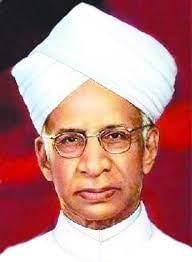
Dr. Sarvepalli Radhakrishnan was born on 5 September 1888, and this day is celebrated as Teacher's Day. He was awarded Bharat Ratna in 1954.
3. Dr. Zakir Husain
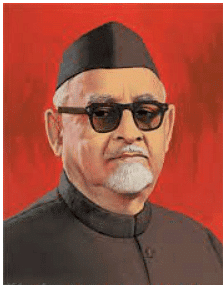
Dr. Zakir Husain became the first Muslim President of India and died in his post. The immediate Vice President, V.V. Giri was made the acting President. After that, Chief Justice of the Supreme Court Mohammad Hidayatullah became acting President from 20 July 1969 to 24 August 1969. Mohammad Hidayatullah was awarded the Padma Bhushan in the field of art by the Government of India in 2002. He also brought a revolution in education in India.
4. V. V. Giri

V.V. Giri was the fourth President of India. His full name was Varahagiri Venkata Giri. He became the only person to be elected President as an independent candidate. In 1975, he was awarded Bharat Ratna.
5. Fakhruddin Ali Ahmed
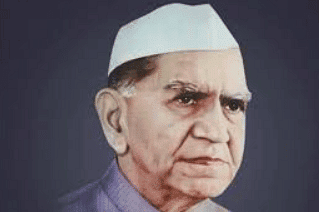
Fakhruddin Ali Ahmed was the fifth President of India. He was the second President who died in the post of the President. BD Jattha was made Acting President.
6. Neelam Sanjeeva Reddy
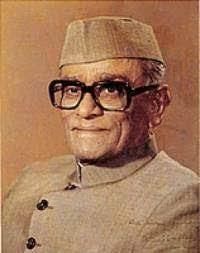
Neelam Sanjeeva Reddy became the sixth President of India. He was the first Chief Minister of Andhra Pradesh. He was directly elected to the post of Lok Sabha speaker and became the youngest President who occupied Rashtrapati Bhavan and contested twice for the post of president.
7. Giani Zail Singh
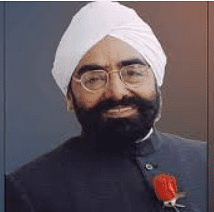
Prior to becoming the President, he was also the Chief Minister of Punjab and the Minister at the Centre. He also used Pocket Veto on the Indian Post Office Bill. During his presidency, many incidents took places, such as Operation Blue Star, the assassination of Indira Gandhi, and the 1984 anti-Sikh riots.
8. R. Venkataraman

R. Venkataraman was elected as the President of India from 25 July 1987 to 25 July 1992. Earlier he was Vice-President of India from 1984 to 1987. He has received many honours from different parts of the world. He is a receiver of "Tamra Patra" for his contributions to India's freedom struggle. Besides this, the Russian government had conferred the Soviet Land Prize for writing the travelogue on former Tamil Nadu Prime Minister, Kumaraswami Kamaraj's.
9. Dr. Shankar Dayal Sharma
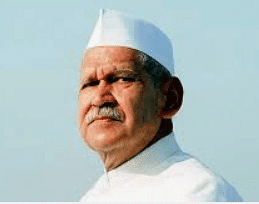
He was the eighth Vice President of India before becoming president. From 1952 to 1956 he was the Chief Minister of Bhopal and Cabinet Minister from 1956 to 1967. The International Bar Association gave them the 'Living Legend of Law Award of Recognition' due to their multi-achievements in the legal profession.
10. K.R. Narayanan
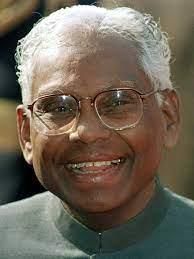
K. R. Narayanan was the first Dalit President of India and the first Malayali person to receive the highest office in the country. He was the first President to vote in the Lok Sabha elections and addressed the state assembly.
11. Dr. A.P.J Abdul Kalam
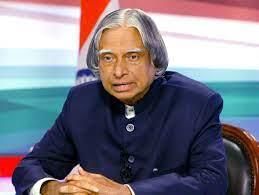
Dr. A. P.J. Abdul Kalam came to be known as ‘Missile Man of India’. He was the first scientist who took over the post of President and the first President of India who won the most votes. In his directorial, Rohini-1 satellites, Agni and Prithvi missiles were successfully launched. The Pokhran-II nuclear tests conducted in India in 1998 after the original nuclear test of 1974 saw him in a pivotal political, organisational and technical role. He was awarded the Bharat Ratna in 1997.
12. Shrimati Pratibha Singh Patil

She was the Governor of Rajasthan before becoming the President. From 1962 to 1985, she was a member of the Maharashtra Legislative Assembly five times and was elected from Amravati to the Lok Sabha in 1991. Not only this, she was also the first woman president to fly Sukhoi.
13. Pranab Mukherjee
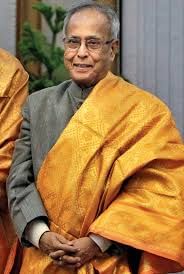
Pranab Mukherjee was the finance minister in the central government before contesting the presidential election. He was awarded the best Parliamentary Award in 1997 and Padma Vibhushan, India's second-highest civilian honour in 2008. He died on 31 August, 2020 (Monday) at the age of 84.
14. Ram Nath Kovind
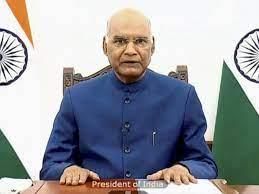
Ram Nath Kovind was born on 1 October 1945 in Uttar Pradesh, India. He is an Indian lawyer and politician. He was the 14th and current President of India. He became the President on 25 July 2017 and is a member of the Bhartiya Janata Party. He is the former Governor of Bihar. His approach towards political problems earned him praise across the political spectrum. As a Governor his achievements were the creation of a judicial commission to investigate corruption in universities.
15. Draupadi Murmu
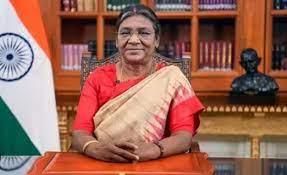
Draupadi Murmu became the 15th President of India on July 21, 2022. Draupadi Murmu was born on June 20, 1958, in Uparbeda village of Mayurbhanj district in Odisha in a Santali tribal family to Biranchi Narayan Tudu. She is a former Governor of Jharkhand. Draupadi Murmu, in 2007, received the Nilkantha Award for the best MLA ( Member of the Legislative Assembly) by Odisha Legislative Assembly.
President of India: Election and Powers
- In the Indian Constitution, Part V (The Union) includes Chapter I (The Executive), which covers various aspects related to the President of India, such as qualifications, election, and impeachment. Articles 52 to 78 in Part V specifically deal with the Union Executive. The President holds the highest position in the executive, legislature, and judiciary of the country.
- The President's term of office lasts for five years, starting from the day they assume office. However, they have the option to resign at any time by submitting their resignation letter to the Vice-President. Additionally, the President can be removed from office before completing their term through the impeachment process. If necessary, the President can continue to hold office beyond the initial five-year term until the new President takes charge. Furthermore, the President is eligible for re-election to the same office.
- The President of India is elected by the Electoral College, which consists of elected members from both the Houses of Parliament, elected members from the legislative assemblies of the states, elected members from the legislative assemblies of the Union Territories of Delhi and Puducherry, and their representation is based on preference. The voting process used by the Electoral College is single transferable voting, where their second choice also counts.
Interesting Facts About the President of India
- Only Dr. Rajendra Prasad, India's first president, has served in that capacity for two terms.
- After Zakir Hussain passed away while in office in 1969, V.V. Giri took over as interim president.
- He is still the only individual to have served in those roles simultaneously.
- Three acting presidents have also served as president for a brief period of time in addition to total of fourteen presidents.
- Zakir Husain and Fakhruddin Ali Ahmed, two presidents, passed away while being in office.
- Pratibha Patil, who was elected as the country's 12th President in 2007, is the first woman to hold the position.
|
30 videos|108 docs|27 tests
|
FAQs on List of all Presidents of India - General Knowledge Encyclopedia - Class 8
| 1. What are the main powers of the President of India? |  |
| 2. How is the President of India elected? |  |
| 3. Who was the first President of India and when did he take office? |  |
| 4. What interesting facts should one know about the President of India? |  |
| 5. Can the President of India be removed from office? If so, how? |  |
















